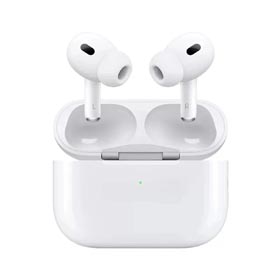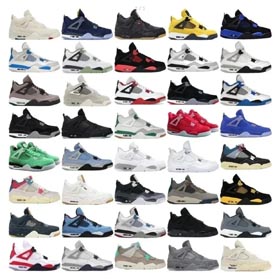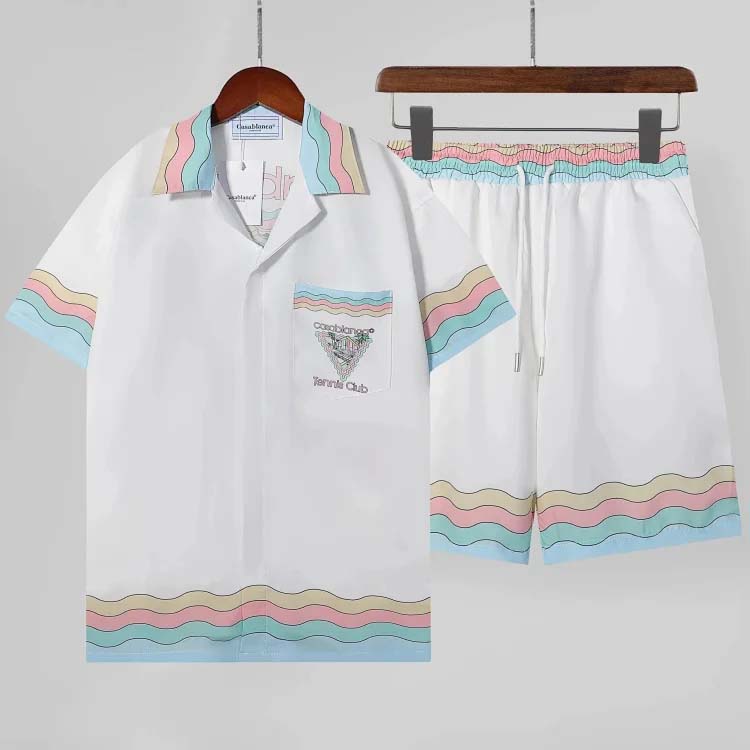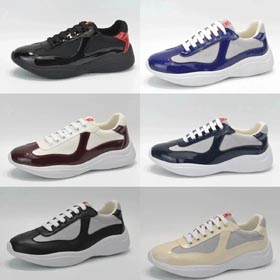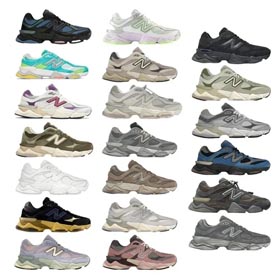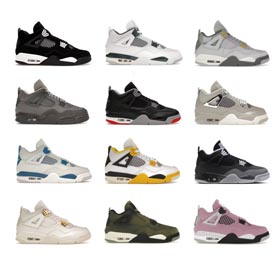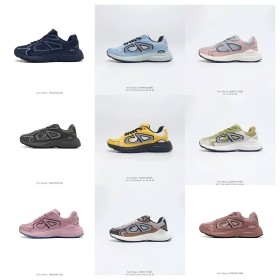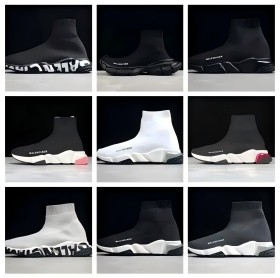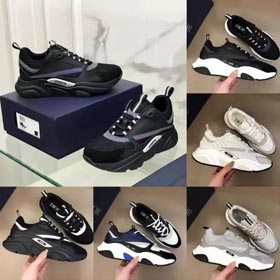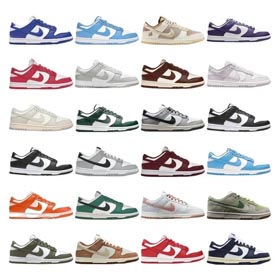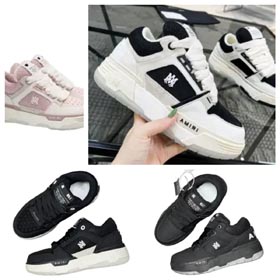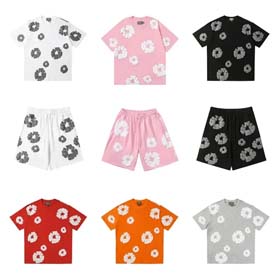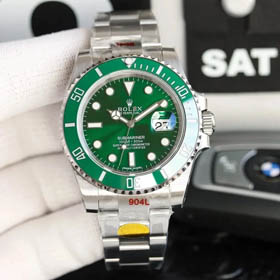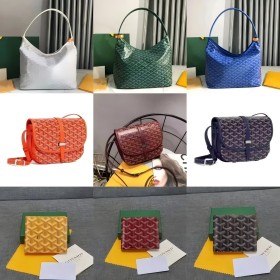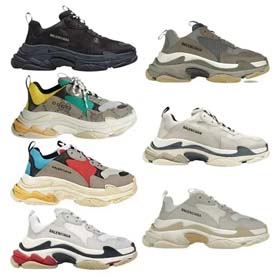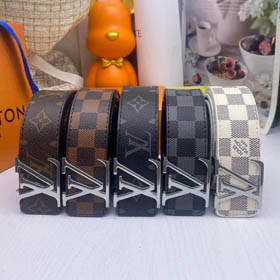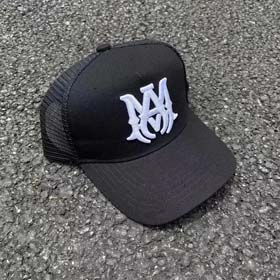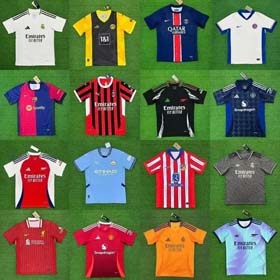The Silent Revolution of Sustainable Fashion

Why the Fashion Industry is Turning Green
For decades, fast fashion dominated consumer behavior, but a quiet transformation is reshaping the industry. The advent of sustainable fashion isn't just a trend—it's becoming a necessity. Consumers are increasingly aware of the environmental impact of their wardrobe choices.
With growing concerns over textile waste and carbon footprints, brands like Patagonia and Ecoalf lead by example. They prove profitability and sustainability aren't mutually exclusive.
The Rise of Circular Fashion Economics
Circular fashion models challenge the traditional "take-make-dispose" cycle. Innovative approaches include:
- Garment leasing programs
- Closed-loop fabric recycling
- Blockchain-powered supply chain transparency
Dutch startup Mud Jeans reported a 300% customer retention increase through their denim subscription service.
By the Numbers: Fashion's Environmental Wake-up Call
The stats paint a compelling picture:
Consumer Power: How Buying Habits are Changing
The shift toward conscious consumerism manifests in several ways:
- The 30-Wear Test:
- Rental Revolution:
- Material Matters:
- Rental Revolution:
"We don't need a handful of people practicing zero waste perfectly. We need millions doing it imperfectly." Anne-Marie Bonneau, Zero Waste Chef
Future Threads: Where Sustainable Fashion is Headed
The next frontier includes fungal leather alternatives, 3D-printed garments grown from algae, and AI-driven sustainable design tools reducing material waste by up to 30% during pattern making.
As certifications like B Corp gain prominence, greenwashing detection technologies help consumers make informed choices.
Ready to Build a Conscious Closet?
Start with these simple swaps today:
